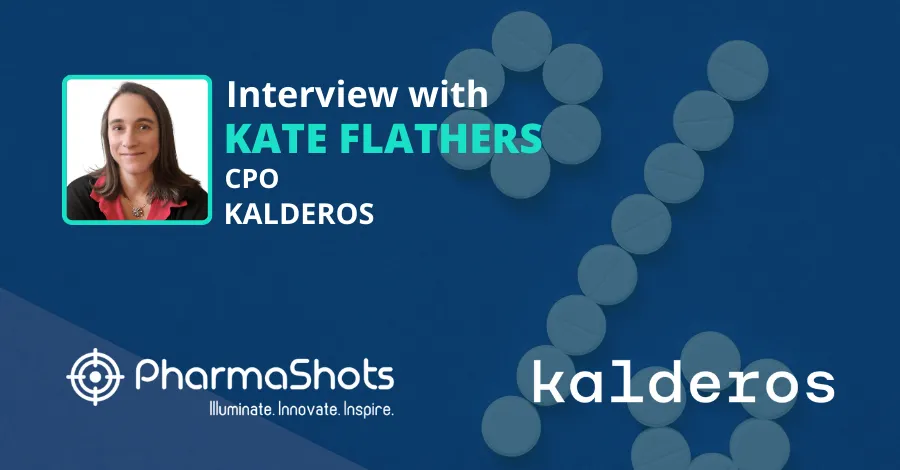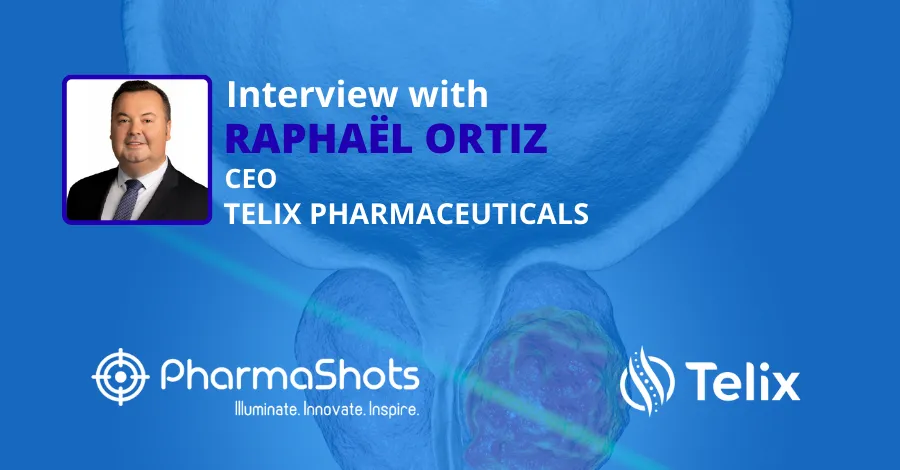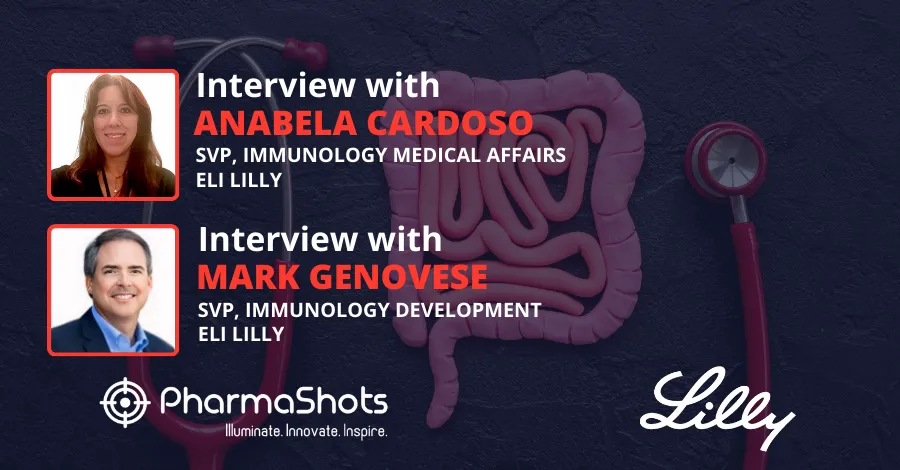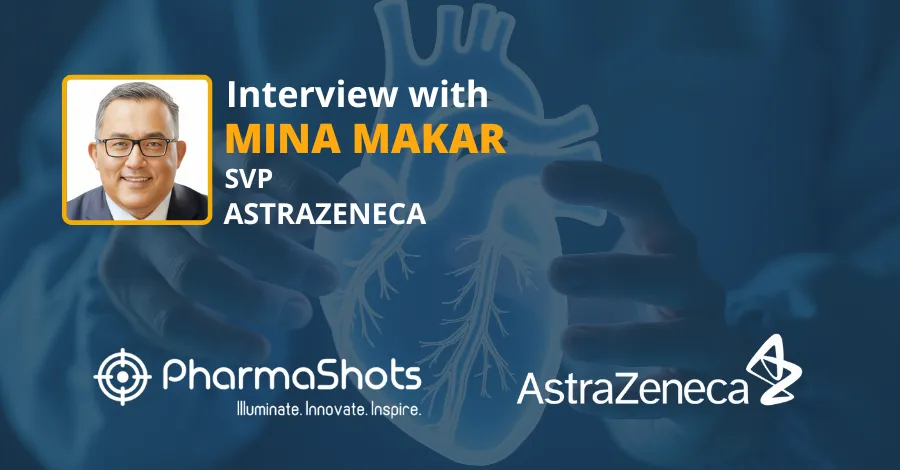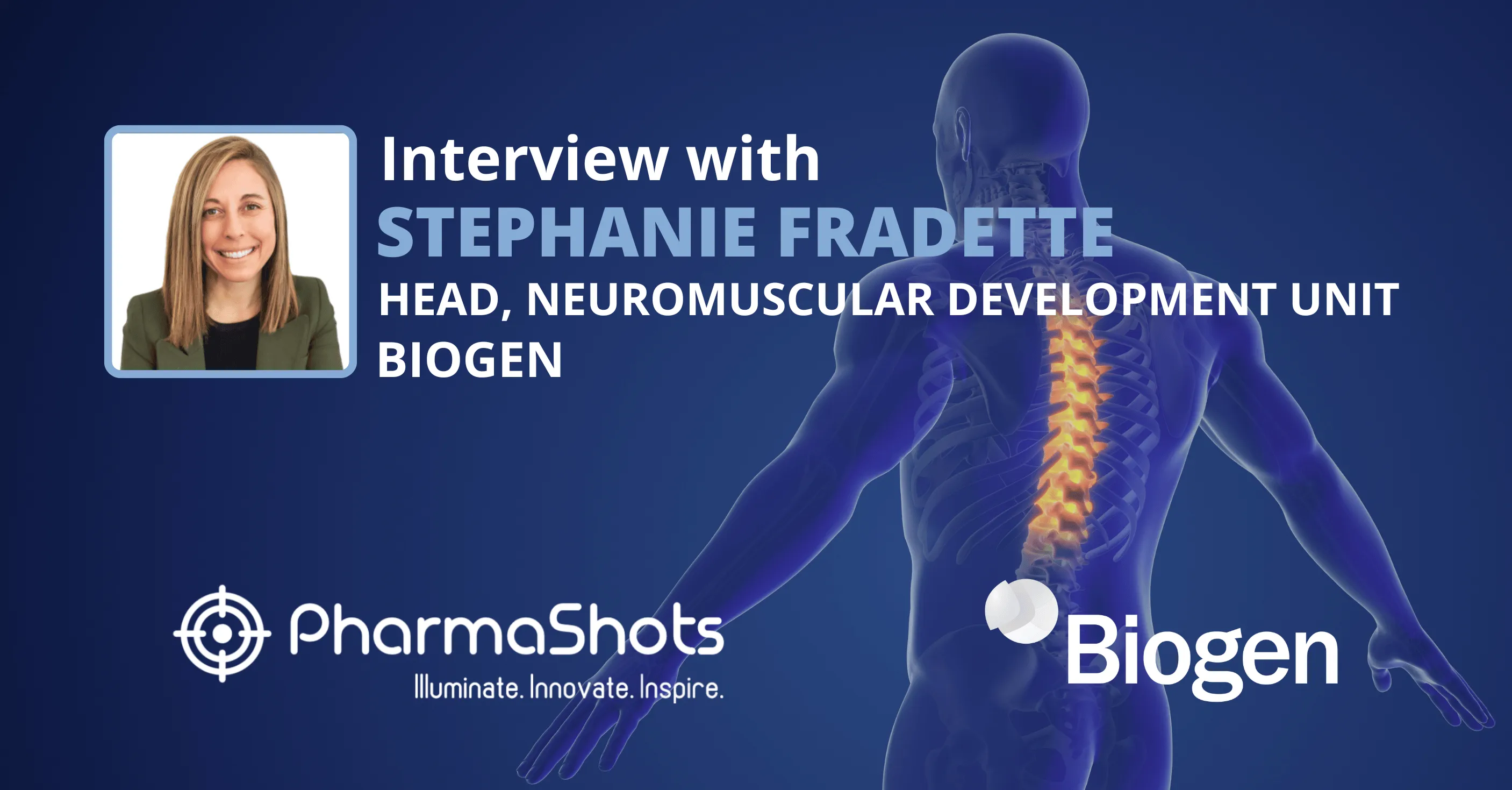
Moitreyee Chatterjee-Kishore, in an absorbing conversation with PharmaShots, shares the highlights of the SPOTLIGHT & GLOW study
Shots:
-
Moitreyee Chatterjee-Kishore, HOD, Immuno-Oncology & Cancer Cell Therapy at Astellas shares insights from the P-III trials (SPOTLIGHT & GLOW)
-
In SPOTLIGHT and GLOW, zolbetuximab and chemotherapy demonstrated improved PFS and OS vs placebo plus chemotherapy, yielding positive outcomes for patients with advanced gastric or GEJ cancer.
-
Moitreyee highlights the ongoing clinical trials for the first-line treatment of CLDN18.2-positive metastatic or locally advanced unresectable gastric or GEJ adenocarcinoma and metastatic pancreatic cancer
Saurabh: To start with, please share with us the insights from the P-III trials (SPOTLIGHT and GLOW) that led to successful global regulatory submissions and acceptances.
Moitreyee: The global regulatory submissions for zolbetuximab are based on results from the Phase 3 SPOTLIGHT and GLOW clinical trials.[1],[2]
The SPOTLIGHT study evaluated zolbetuximab plus mFOLFOX6 compared to placebo plus mFOLFOX6 and demonstrated statistically significant improvements in progression-free survival (PFS) and overall survival (OS) compared to placebo plus mFOLFOX6.
-
Specifically, zolbetuximab plus mFOLFOX6 reduced the risk of progression or death by 24.9% (n=565; Hazard Ratio [HR]=0.751; [95% Confidence Interval (CI): (0.598-0.942)]; P=0.0066) compared to placebo plus mFOLFOX6. Median PFS was 10.61 months (95% CI: 8.90-12.48) in the treatment arm and 8.67 months (95% CI: 8.21-10.28) in the placebo arm.
-
The study also showed that zolbetuximab plus mFOLFOX6 significantly prolonged OS, reducing the risk of death by 25.0% (HR=0.750; 95% CI: 0.601-0.936; P=0.0053). Median OS was 18.23 months (95% CI: 16.43-22.90) and 15.54 months (95% CI: 13.47-16.53) for the treatment arm and placebo arm, respectively.
-
The incidence of serious TEAEs was similar between both arms (44.8% versus 43.5%) and consistent with previous studies. The most frequent TEAEs in the SPOTLIGHT study were nausea (82.4% vs 60.8% in the zolbetuximab versus placebo arms), vomiting (67.4% versus 35.6%) and decreased appetite (47.0% versus 33.5%).
The GLOW study evaluated zolbetuximab plus CAPOX compared to placebo plus CAPOX and demonstrated statistically significant improvements in PFS and OS compared to placebo plus CAPOX.
-
Specifically, zolbetuximab plus CAPOX reduced the risk of progression or death by 31.3% (n=507; HR=0.687; 95% CI: (0.544-0.866); p=0.0007) compared to placebo plus CAPOX. Median PFS was 8.21 months (95% CI: 7.46–8.84) in the treatment arm and 6.80 months (95% CI: 6.14–8.08) in the placebo arm.
-
The study also showed that zolbetuximab plus CAPOX significantly prolonged OS, reducing the risk of death by 22.9% (HR=0.771; 95% CI: 0.615-0.965; p=0.0118). Median OS was 14.39 months (95% CI: 12.29-16.49) and 12.16 months (95% CI: 10.28-13.67) for the treatment arm and placebo arm, respectively.
-
The incidence of serious TEAEs was similar between both arms (47.2% versus 49.8% in the zolbetuximab versus placebo arms, respectively) and consistent with previous studies. The most frequent TEAEs in the GLOW study were nausea (68.5% versus 50.2%), vomiting (66.1% versus 30.9%) and decreased appetite (41.3% versus 33.7%).
In both SPOTLIGHT and GLOW, approximately 38% of patients screened for the trials had tumors that were CLDN18.2-positive, meaning ≥75% of tumor cells with moderate-to-strong membranous CLDN18 staining intensity, as determined by a validated immunohistochemistry assay.1,2
Saurabh: Shed some light on the details of zolbetuximab (its MOA, ROA, and formulation).
Moitreyee: Zolbetuximab is an investigational, first-in-class chimeric IgG1 monoclonal antibody (mAb) that targets and binds to Claudin 18.2 (CLDN18.2), a transmembrane protein. Zolbetuximab binds to CLDN18.2 on the cancer cell surface of gastric epithelial cells. In pre-clinical studies, this binding interaction then induces cancer cell death by activating two distinct immune system pathways — antibody-dependent cellular cytotoxicity (ADCC) and complement-dependent cytotoxicity (CDC).[iii]
Saurabh: Tell us, what are the potential benefits of zolbetuximab for patients with locally advanced unresectable or metastatic HER2-negative gastric or gastroesophageal junction (GEJ) adenocarcinoma?
Moitreyee: Gastric cancer, also commonly known as stomach cancer, is the fifth most commonly diagnosed cancer worldwide and accounted for 3.1% of all new cancer cases in Europe in 2020, with around 136,000 new cases diagnosed.[iv],[v]
Patients with gastric cancer in Europe face an extremely low 26% five-year survival rate regardless of their disease stage, and innovative therapies that extend survival are needed.[vi]
In SPOTLIGHT and GLOW, zolbetuximab and chemotherapy demonstrated improved PFS and OS compared to placebo plus chemotherapy, a promising outcome for patients with advanced gastric or GEJ cancer.
If approved, zolbetuximab would be the first CLDN18.2-targeted therapy available in Europe for these patients.[vii]
Saurabh: How does Astellas plan to ensure the availability and accessibility of zolbetuximab once it is approved in the patient with gastric or gastroesophageal junction (GEJ) adenocarcinoma?
Moitreyee: Astellas is committed to ensuring the broadest access possible for appropriate patients to zolbetuximab. We believe the price of medicines should be a fair reflection of the value they bring to patients, healthcare systems and society as a whole.
Saurabh: Astellas has submitted the MAA for the availability of the drug in the EU. Are you planning for the global expansion of the drug?
Moitreyee: Astellas announced on July 6 that the U.S. Food and Drug Administration (FDA) accepted and granted Priority Review for a BLA for zolbetuximab. We also submitted a BLA to Japan's MHLW on June 9 and on July 31, the Center for Drug Evaluation (CDE) of the China National Medical Products Administration (NMPA) accepted the BLA for zolbetuximab. Additionally, we are planning for regulatory authority submissions in other countries globally during FY2023 based on results from SPOTLIGHT and GLOW. Additional updates will be provided at the appropriate time.
Saurabh: How is Astellas planning to raise awareness about zolbetuximab by engaging with healthcare professionals and patient advocacy groups?
Moitreyee: Astellas values its relationships with healthcare professionals and patient advocacy groups. At this time, it is premature to discuss how we will engage with HCPs and advocacy prior to zolbetuximab being available.
Saurabh: Are there any ongoing or planned research and development efforts to further enhance zolbetuximab's effectiveness or broaden its indications?
Moitreyee: The ILUSTRO trial (NCT03505320) is a Phase 2 study of zolbetuximab as a monotherapy, in combination with mFOLFOX6, in combination with pembrolizumab and in combination with mFOLFOX6 plus nivolumab for the first-line treatment of CLDN18.2-positive metastatic or locally advanced unresectable gastric or GEJ adenocarcinoma.
An expanded Phase 2 trial (NCT03816163) in metastatic pancreatic cancer is in progress. The trial is a randomized, multi-center, open-label study, evaluating the safety and efficacy of investigational zolbetuximab in combination with gemcitabine plus nab-paclitaxel as a first-line treatment in patients with metastatic pancreatic cancer with CLDN18.2-positive tumors (defined as ≥75% of tumor cells demonstrating strong-to-moderate membranous CLDN18 staining based on a validated immunohistochemistry assay).
Our current clinical research is focused on potential therapies for hard-to-treat cancers. For more information about our clinical trials, please visit clinicaltrials.astellas.com
Image Source: Canva
About the Author:

Moitreyee Chatterjee-Kishore
Dr. Moitreyee Chatterjee-Kishore is the Head of Development, Immuno-Oncology and Cancer Cell Therapy at Astellas. A seasoned pharmaceutical business leader and drug developer with more than 20 years of pharmaceutical experience, she previously was the Head of Research and Early Development R&D Strategy and Planning at Bristol Myers Squibb and has also held important development and early pipeline leadership roles at Janssen, AbbVie and Wyeth and served as a research scientist at the research institutes such as the Cleveland Clinic Foundation and Friedrich Miescher Institut. She has led programs across a breadth of modalities, platforms and therapy areas from the discovery through late phase clinical development, but her primary experience is in oncology and immune oncology. Dr. Moitreyee Chatterjee-Kishore holds a Ph.D. in Medical Genetics from the Sanjay Gandhi Post Graduate Institute of Medical Sciences and a MBA from Purdue University Daniels School of Business.
Tags

Saurabh is a Senior Content Writer at PharmaShots. He is a voracious reader and follows the recent trends and innovations of life science companies diligently. His work at PharmaShots involves writing articles, editing content, and proofreading drafts. He has a knack for writing content that covers the Biotech, MedTech, Pharmaceutical, and Healthcare sectors.






